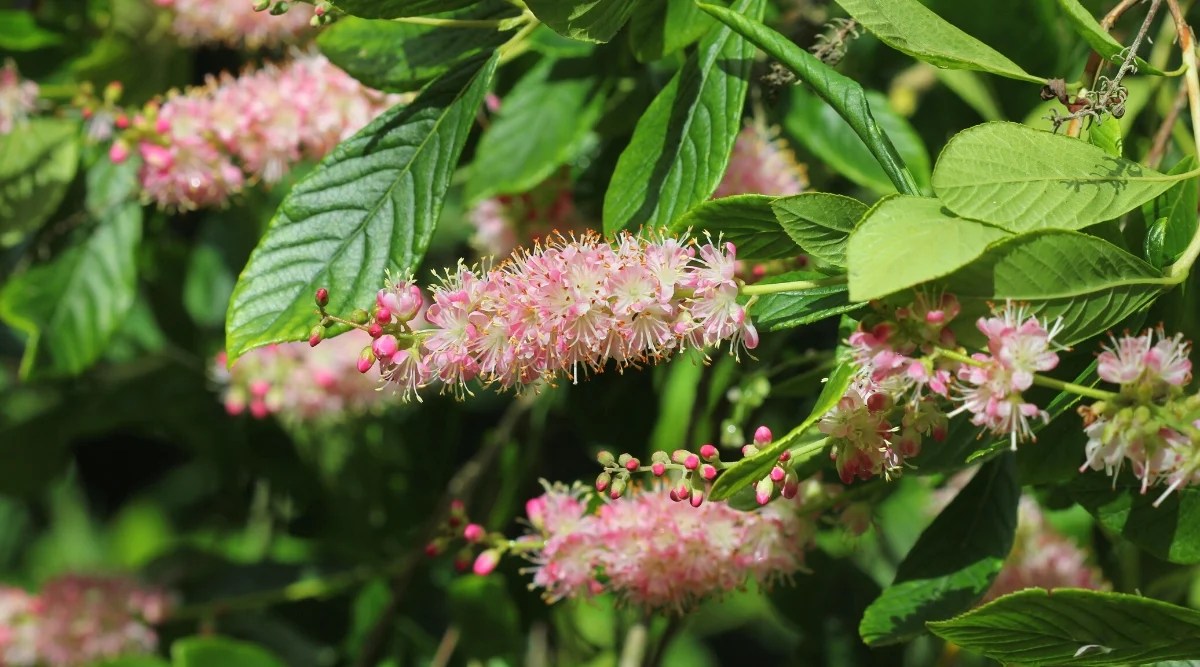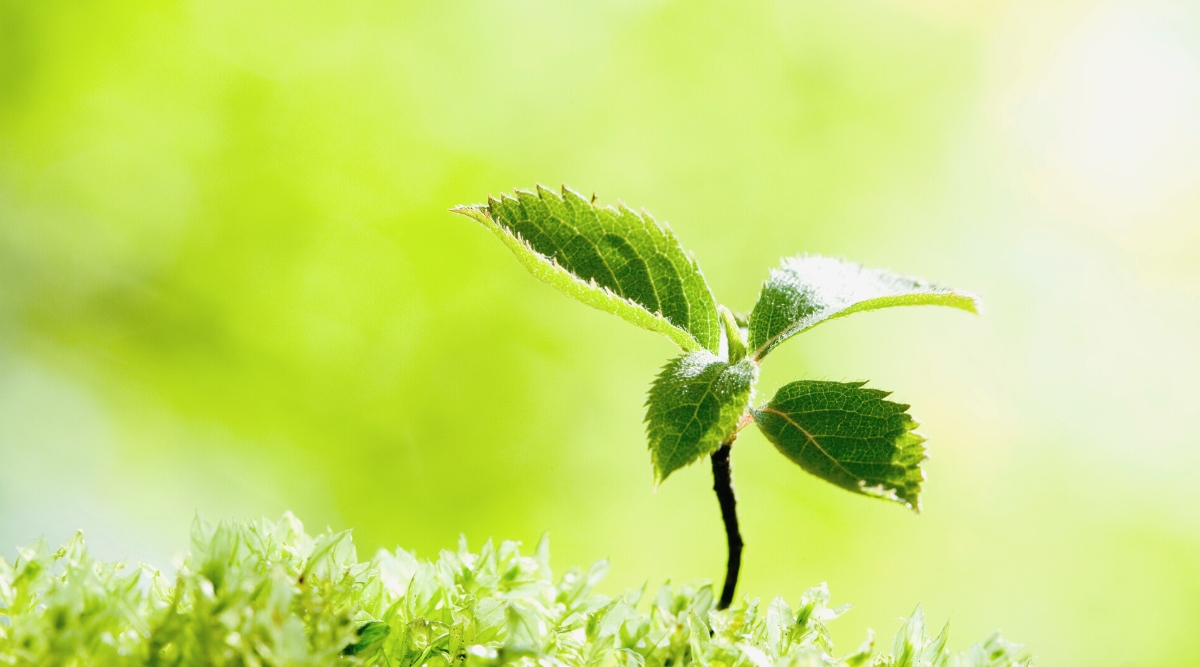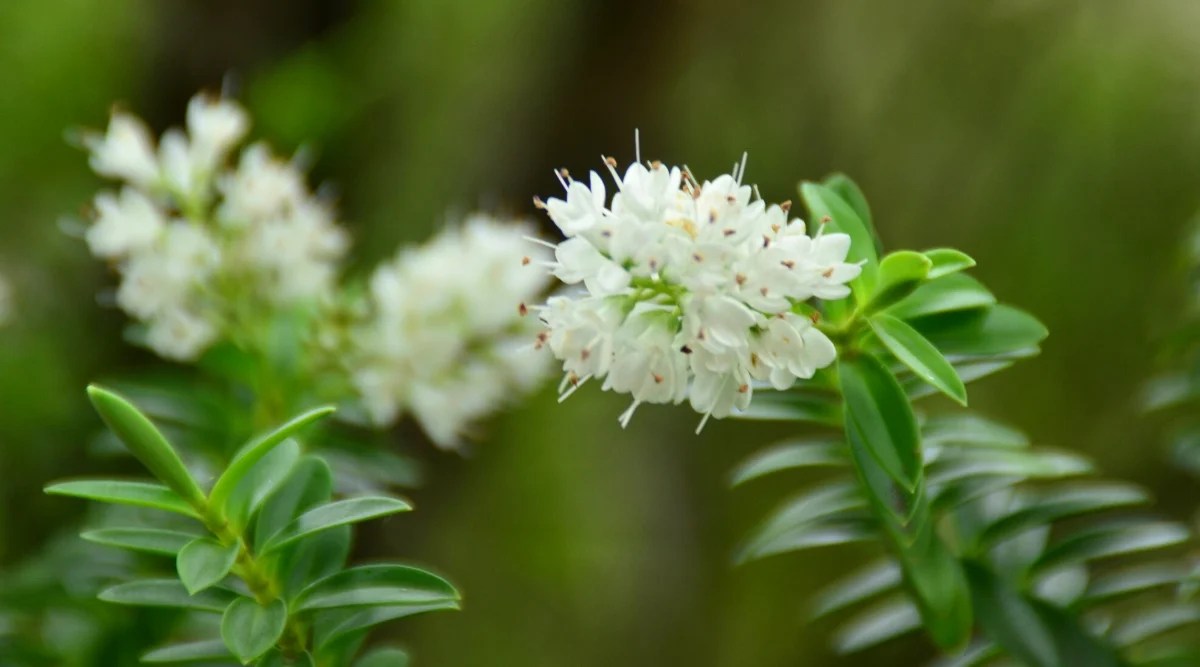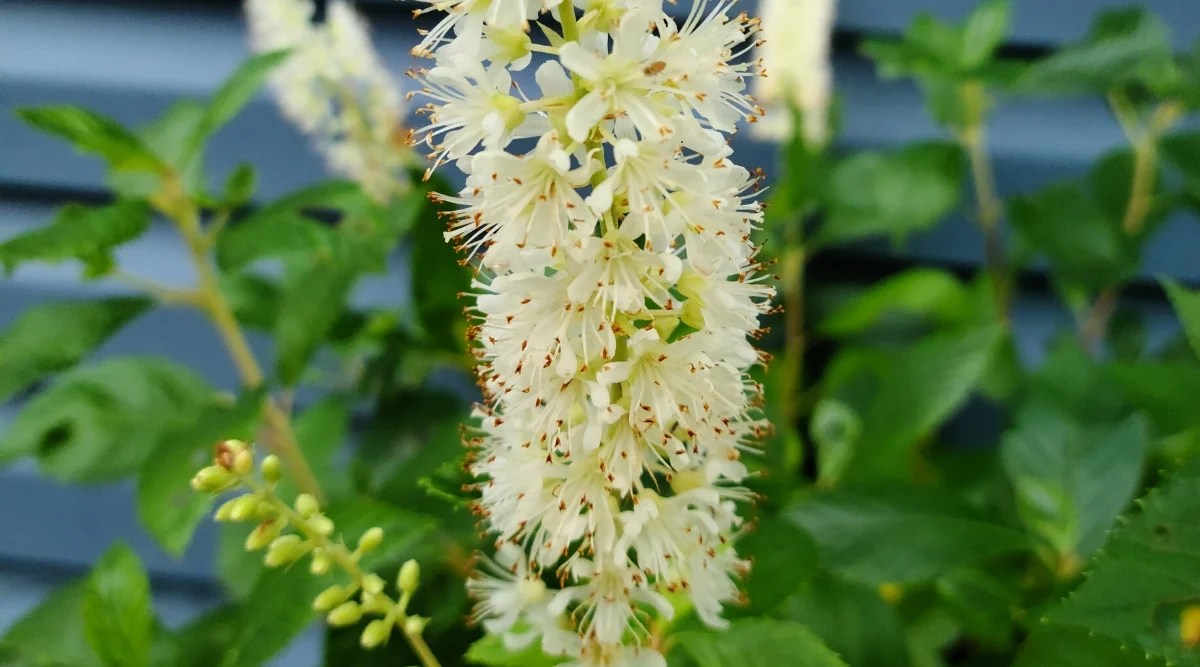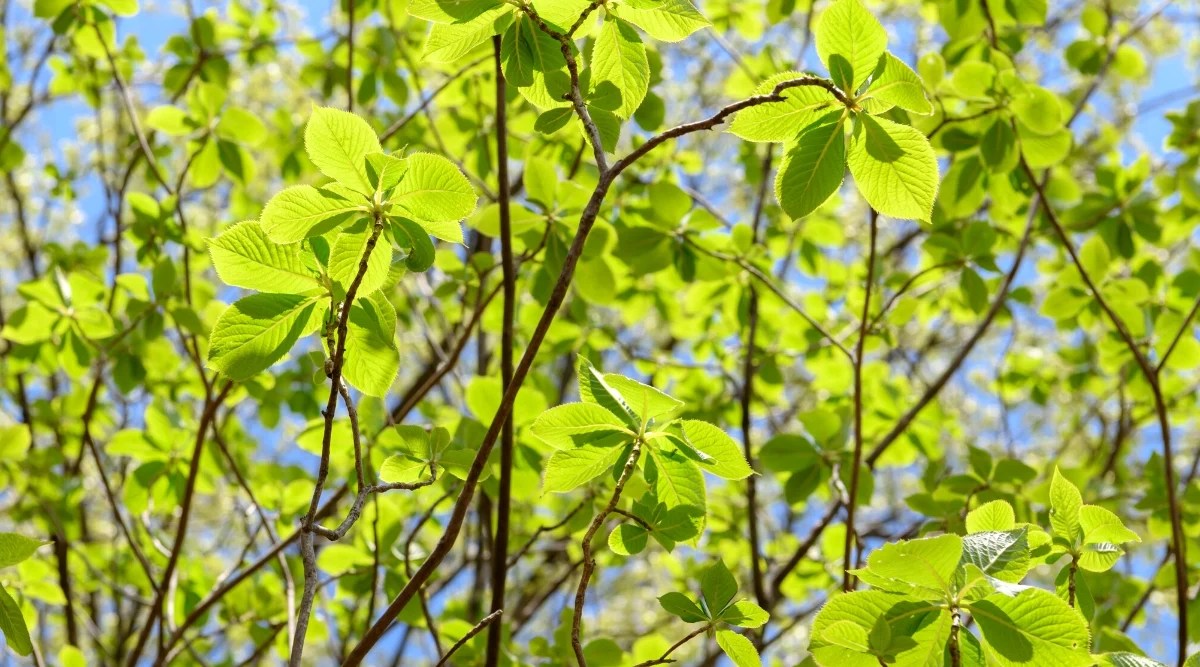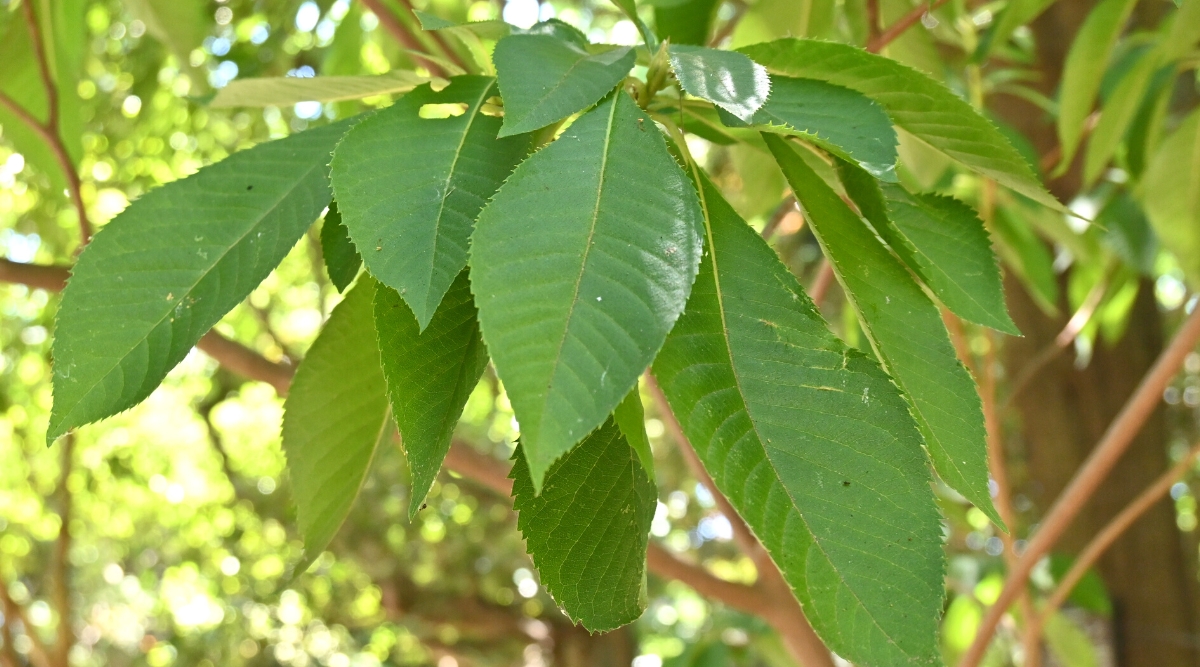Flowers
If you ’re looking for a deciduous shrub that not only survive but flourish in sometimes harsh coastal condition , then bet no further than coastal pepperbush . This unfearing perennial is depleted maintenance and produces beautiful prime during the summer . horticulture expert Kelli Klein shares all you need to know about growing coastal pepperbush .
Contents

Coastal pepperbush is the unsung Cuban sandwich for coastal gardener looking for a perennial shrub to plant along withflowers in sandy soilsand coastal environments ( it will even stand salt spray ) . Also known as coastal fresh pepperbush or summersweet , this North American aboriginal plant is an attractive ornamental for the garden .
This deciduous shrub is perfect for borderline and tolerates being determine into a hedge . As a bonus , it also produce sensational flowers that attract many pollinator ! As the blossom die back , they will form small seed pods resembling peppercorns , which play as a food for thought source for small mammalian .
Plant Overview

What Is Coastal Pepperbush?
This repeated shrub is native to swampy woodlands , wet marshes , stream banks , and sea-coast . As its name would suggest , this species often grows in sandy soils along the coast . The native habitat of pepperbush let in southern Nova Scotia and the northeastern coasts of the United States to the Gulf .
This deciduous bush producesfragrant white flowers that bloom throughout the summertime . The blooms also get ambrosia , which pull hummingbird and butterflies . The flowers die back to give away teetotal brown capsules which carry the come . These condensation are slightly alike to pepper , where the name “ pepperbush ” total from . Although this works is not toxic , it offers more ornamental than culinary value .
History
Coastal pepperbush is gaining popularity as a landscaping plant , but some gardeners find it challenging since it tends to leaf out afterwards in the season . It can , however , add interest to a mixed garden and avail provide blooms just around the time that former spring boner commence to peter out .
The fact that it make sizable lump in its aboriginal habitat makes it a great makeweight or backdrop for large , antecedently uncultivated landscape domain . Its late popularity has resulted in the cultivars , ‘ September Beauty ’ and ‘ Ruby Spice . ’ Most pepperbush varieties have white flowers , but ‘ Ruby Spice ’ showcases beautiful pink heyday .
Native Area
As refer above and as its name would suggest , coastal pepperbush is aboriginal to coastal expanse in North America . More specifically , its native orbit let in the coasts of Nova Scotia and Maine , in the south to Florida , and Rebecca West to Texas .
you may also find it in sloughy timber , fuddled marshland , stream banks , and seashores . This makes it an excellent edge plant life for abackyard pondto help prevent erosion .
Characteristics
This is a tall , many - branched deciduous shrub withupright bunch of white-hot flowers . Its oval - toothed leaves sour orange or yellow in the tumble just before they leave out for the winter . As the flowers disappearance , brown pods resemble peppercorns appear on the plant through the wintertime and act as forage for some small animals .
Uses
It handles pruning and forge very well , cause it agreat delimitation plant life . Its later bloom time makes it bully for allow a pop of coloring material when early time of year blooms are beginning to fade . It render interest all season long until the winter when it drops its leaves and participate quiescency .
Where To Buy
If you live in a coastal region , you could get this shrub at a local nursery . Outside of the coast , it has n’t benefit popularity just yet ! If you do n’t have any luck , contain out online nurseries that supply other tree / shrub . you may also discover pepperbush seed online . However , it ’s much prosperous to begin with an established plant .
Planting
Once you ’ve obtained your coastal pepperbush , you probably wonder how and when to implant it . Two times of the yr are optimal for planting pepperbush . works inspring or early downslope .
If you live on in a warmer climate , it is easier toplant in the Falla the weather is cooling off to spare your pepperbush from suffer through a sweltering summertime during its first year . If you live in a milder mood , planting in the spring is o.k. . The primary destination is to demonstrate your pepperbush before winter rime arrive , so plant it at least six weeks before your first rime .
How to Grow
Pepperbush is relatively easy to grow but has a few specific requisite . It tolerates pruning and edging , which makes it hone for a privacy hedging .
Light
Coastal pepperbush does well in full sun but tolerates fond shadowiness conditions . They will do good from afternoon shade in live climate or in regions with extend periods above 90 degrees Fahrenheit .
You still require to be certain that your pepperbush receivesat least 6 hours of direct sunlightper daytime , but the hours do not need to be sequential . This means it can get 3 hours of the morning sun , shade during the hot part of the day , and then 3 hours of the even sun . In ideal temperatures , pepperbush does best in mottled Lord’s Day conditions .
Water
If you provide plenty of piddle , Pepperbush grow quite large and even put out suckers to remove and replant elsewhere . This shrub does best when it is supply withconsistently moist but not waterlogged soil .
Although pepperbush does not favor to dry out between watering , it can treat abbreviated drought and/or flooding period once set up . Mulching during live and dry period will also serve the soil retain wet .
Soil
Coastal pepperbush grows naturally in poorly drained , consistently moist soils and can thrive in sandy coastal term . Adding organic matter , compost , and mulching can help oneself the soil defend the consistent wet that this shrub favor .
Pepperbush also prefersacidic grease conditions , exchangeable to that of blueberries , azaleas , and hydrangeas . If you need toalter the pH of your soil , you could add a soil acidifier to the planting site or purchase pre - acidified soil for acid - love plants . The optimal pH is 4.5 for pepperbush .
Temperature and Humidity
Coastal pepperbush is well suitable for USDA growing zones 4 - 9 , where it can survive temperatures as downcast as -22 degrees Fahrenheit during the wintertime while the plant is abeyant . These deciduous shrubsneed a period of dormancy(also called thrill hour ) to copiously flower during the survey grow time of year . Their seeds require cold stratification to burgeon forth as well .
Conversely , they may struggle in the heat , and , as bring up above , they do better when offer with more tone in hot climates . However , it can tolerate various sunlight atmospheric condition from full sun to almost over wraith .
This bush will not accept a systematically red-hot and dry internet site . Spreadingmulch around the ascendent zone(not right at the tree ’s base ) and watering well during prolonged temperatures over 90 stage will help . As a coastal plant , it favor some humidity and moisture in the air but is quite adaptable and can go without it .

Fertilizing
In other spring , ply your pepperbush with a sluggish - release fertilizer . This will help the flora break dormancy and put on heap of new growth and buds for future flowers .
This is also a large time totest the soil pHand see if it needs to be aline again for the forthcoming mature season . you’re able to also add a side dressing of constitutional matter or compost or else of fertilizer .
Maintenance
Pruning your pepperbush is not require , but it is recommended as it can grow vigorously and unruly quite quickly in optimal growing condition . You ’ll also want toprune to remove damage , diseased , ordying branches .
Pepperbush can be pruned into a hedge if being used for a mete . Ensure you also prune in fountain to promote new ontogeny and mold the shrub .
Growing In Containers
When growing in container , add together grit to the grunge to mimic its natural habitat . The dwarf kind , ‘ Hummingbird , ’ is exceptionally well suitable for container . You will occasionally require to repot your pepperbush .
If you notice a want of new growth and theroots have begun to whirl around the edgesof the container , then it is time to repot . When repotting , choose a throne that is at least 2 in larger in diameter and urine systematically until the plant has settled into its Modern abode . When it begins to put out new outgrowth , this is a beneficial house that it is well established in the new container .
Propagation
Coastal pepperbushcan be started from seedplanted in fall or spring . The seed have a higher sprouting charge per unit when given a time period of cold stratification , so cum plant in the fall and leave to overwinter have a better germination charge per unit .
Greenwood cuttingscan be train in early summertime , dip in settle endocrine , hold fast into a jackpot of dirt , and admit to forge roots . Once radical have appeared and the cut start out to put out Modern growth , you are ready to transplant it into its new rest home either in a container or in the background .
Common Problems
While this plant is relatively adaptable to various develop condition , a few fortune can make issues to graze up . Read on to learn how to identify and remedy these offspring before they become a larger trouble .
Lack of Flowers
A lack of efflorescence is linked to a want of sunshine . As cite above , coastal pepperbush does best in fond sun but still needs about 6 60 minutes of sun per day .
Monitor the planting web site throughout the twenty-four hours if yourpepperbush is not flower . If you determine that it is getting less than 6 hour of sun per day , it is best to move it to a cheery spot .
Brown, Dry, Crispy Foliage
As mention above , coastal pepperbush prefers systematically dampish soil . A deficiency of water can do some growing problems .
Brown , dry , or crispy foliageis a sign that your pepperbush is suffering from a lack of body of water , especiallyduring periods of extreme heating plant . Cut back any dead or damaged foliation , increase the water your plant is receive each week , and the problem will be resolved .
One caveat , however : This is a deciduous plant life thatwill drop its parting every fall . If it ’s autumn in your area , no amount of supererogatory moisture will preclude your plant from drop off its parting , but that ’s to be expected ; it ’ll create new one in the leap .

Pests
One matter that makes coastal pepperbush an attractive pick for decorative gardener is the lack of pest issues . There areno major dirt ball peststhat plague pepperbush . However , cervid have been known to munch on this deciduous shrub , but only if no other forage is uncommitted in the area .
Diseases
Overwatering can lead to fungal issues like root guff . When your pepperbush is overwatered , the leaves will wilt and eventually drop . Root bunk symptomswill appear as a soft , mushy prow , wilting , and rotten root word .
This eccentric of bunkum is hard to recuperate from but can be remedied if fresh , white-hot etymon have not yet turn to mush . Cut back the rotted stem and replant into dry territory if rise in a container . If uprise in the ground , allow the area to dry out out before proceed to piss .
Final Thoughts
Coastal pepperbush is an excellent low - maintenance perennial bush to tot to your landscape , especially if you garden in dispute coastal surroundings with sandy and acidic soil . It can , however , conform to various condition as long as the basic needs note above are play . Once established , this flora will add interest to your drop gardenwith its beautiful efflorescence for yr to come .

